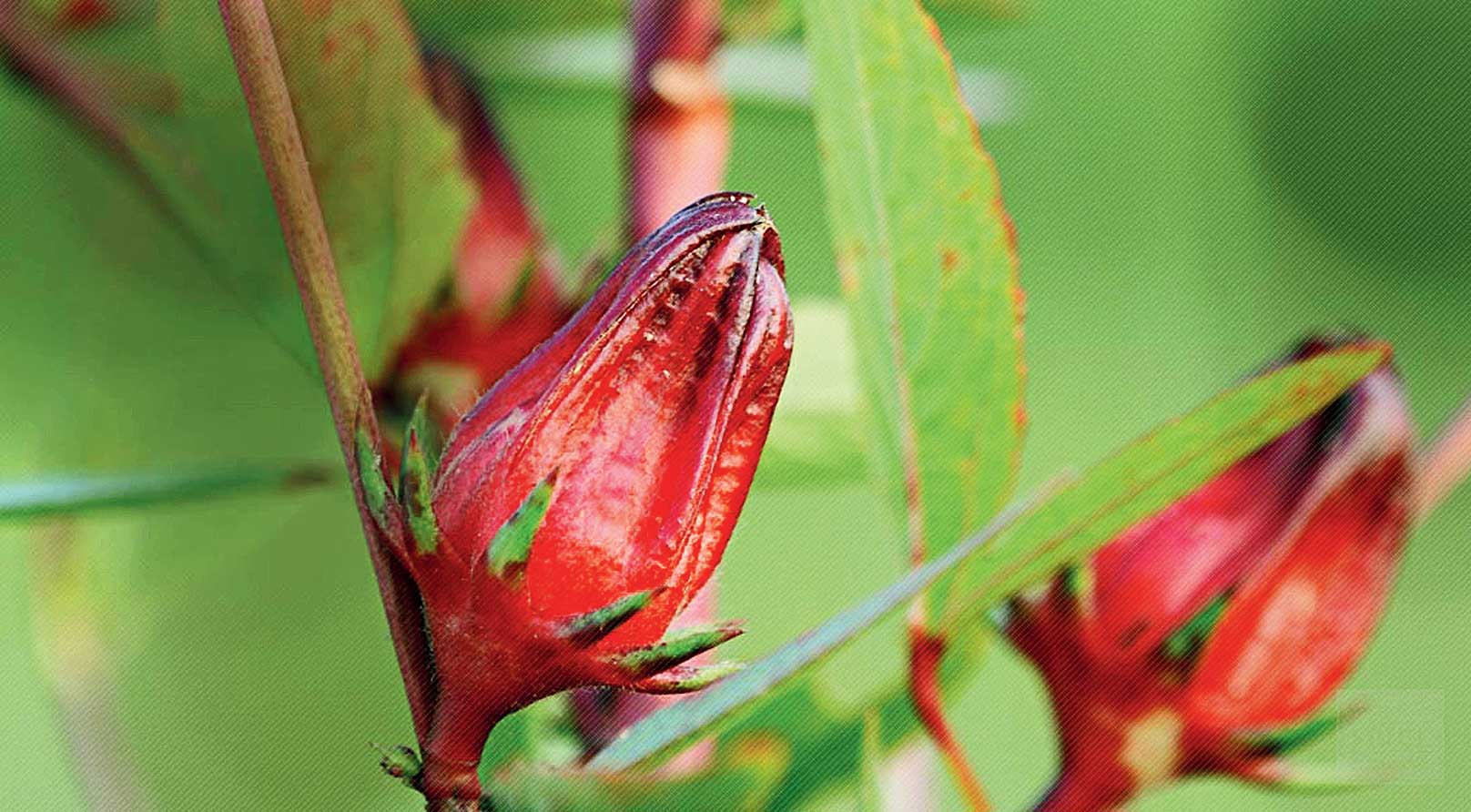Anyone who’s ever lived in the Chotanagpur plateau has seen the kudrum, a red flower with leathery petals, which are sold in bunches in local markets mainly to make a tangy chutney. But kenaf, as the kudrum plant is known across the world, can be a vital raw material for the new-age plastics industry, an Israeli entrepreneur attending the Global Agriculture and Food Summit at the Hotwar mega sports complex here, said.

Chinese delegates at the Global Agriculture and Food Summit at the Hotwar mega sports complex in Ranchi on Thursday
Kudrum can make plastics stronger, lighter and even cheaper, said Gideon Soesan, co-founder of Kenaf Ventures of Israel, who has experimented successfully with the concept in his own country.
“I just came to know that this flower, known as kenaf (hibiscus cannabinus), is found in abundance here in Jharkhand and in parts of Bengal,” Soesan, who is a delegate from north Israel, said. “We will explore the possibility of using it (kudrum) commercially here.”

Israeli entrepreneur Gideon Soesan. Pictures by Prashant Mitra
He said that using the fibre of the kudrum plant could lower the cost of production of plastics. “It can also be used for making certain building materials though I am not yet sure if that will be cheaper,” the Israeli entrepreneur added.
Plastics composites apart, the fibre of the kenaf is used in the west for making a wide range of items from paper, animal bedding, packing material and insulation to engineered wood and even automobile parts.
Asked about the local uses of kudrum, Lal Kishore Malakar, a resident of Bijupara near Ranchi, said that they mainly used the edible flower — found from monsoon onwards to October-end — to make chutney but were also aware of the plant’s other uses such as fibre to make ropes.
“We know it is a strong, fibrous plant. Many of us dry it and use it to make ropes,” he said.











